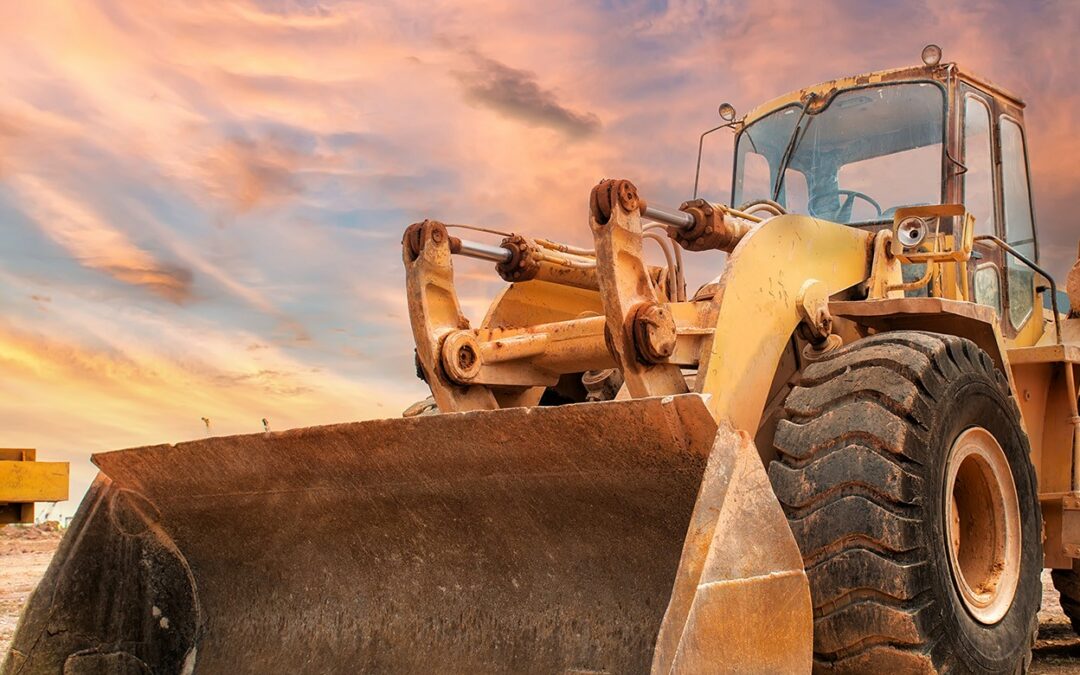Impact loading is a significant concern when specifying a journal bearing. There are applications that present difficulties for composite or bronze bearing materials. For applications where impact is a known design limitation, there are a few considerations to be made when specifying a journal bearing. The three major concerns are diameter ratio, the range of clearance, and the wall thickness. The PolyLube® bearing family is uniquely suited to address impact loading in agriculture, construction and material handling equipment.
The length to diameter ration (“L/D”) should be controlled to allow as much bearing material as possible to absorb the shock energy that is transferred to the bearing. This ratio should not fall below 0.5, especially in applications that will experience impact loading. This parameter will help to decrease the severity of misalignment. Misalignment increases the amount of pressure exerted on the bearing by reducing the bearing area. This reduction of bearing area is referred to as edge loading. Composite bearings are better suited to accept edge loading due to the elastic deformation that takes place within the wall. This is a result of the continuous fiberglass filament and epoxy resin composite laminate. The resulting deflection allows the bearing to increase the bearing area better than its metallic counterpart.
The clearance specified for the bearing design of an impact application should be held as tight as possible. This clearance range is dependent on the tolerance stack-up. The bearing will generally contribute 0.006” to this range. The housing and shaft tolerances will contribute the remainder of this range.
Minimizing the clearance will minimize the amount of misalignment that is possible. The effects of misalignment and the resulting edge loading have been explained in previous paragraphs. The effect of minimizing the clearance is a tighter joint with reduced “slop.” This slop allows for more momentum, and consequently more energy to be transferred from the shaft to the bearing. Over time this added energy could lead to bearing fatigue.
The third variable that can contribute to extending the life of a PolyLube® composite bearing in an impact environment is wall thickness. A composite bearing that has a larger wall thickness has a better its chance of survival. Elastic deformation will allow the bearing to better distribute any loading that is misaligned. There will be more elastic deformation with a thicker wall. This deformation will also contribute to a longer distance of deceleration of the shaft. The longer distance will allow the energy of the impact to be dissipated over a longer period of time. This can be related to the use of crumple zones in automobiles.

